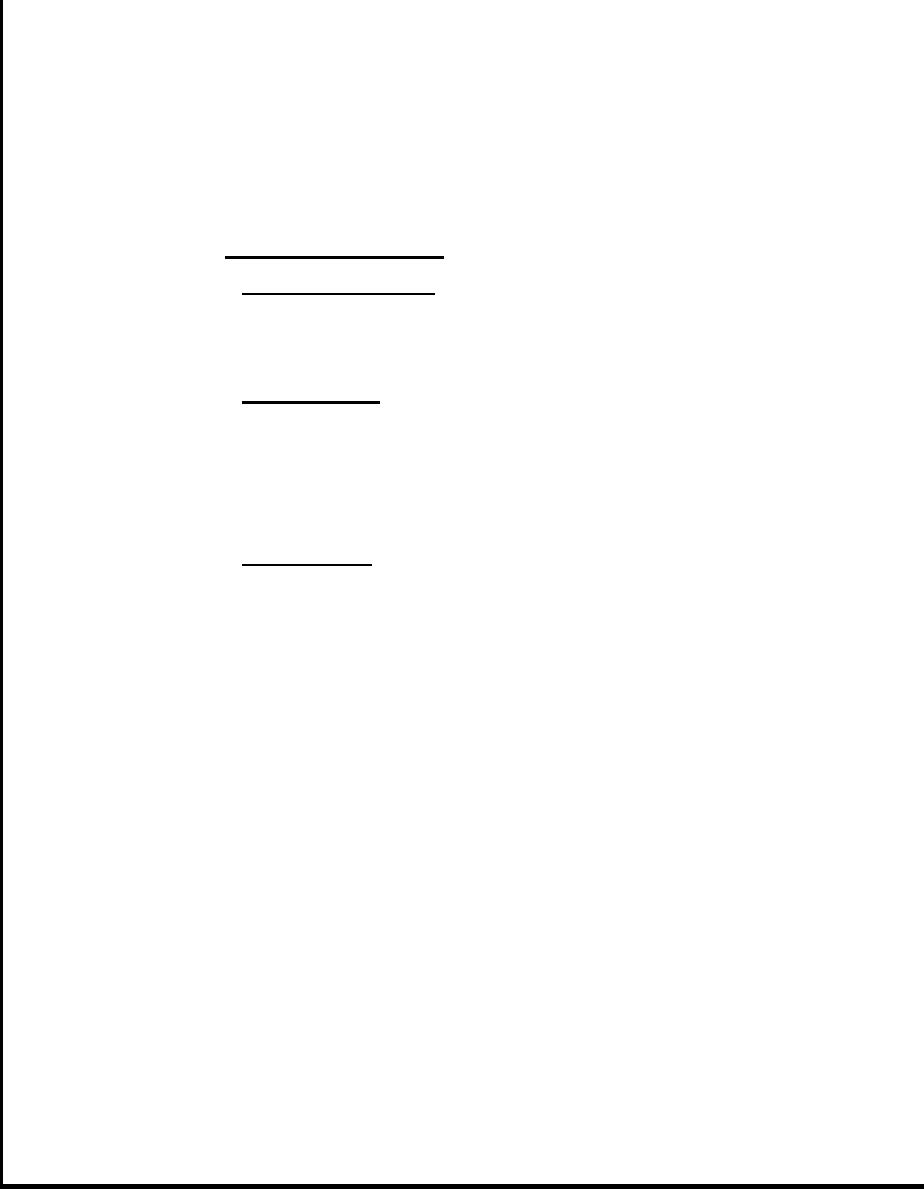 |
|||
|
|
|||
| ||||||||||
|
|  MIL-V-19069B
(including component parts thereof) and of resulting changes in performance.
Results of tests conducted to prove the acceptability of such changes shall be
furnished. Submission of samples for evaluation shall be as directed by the
activity responsible for qualification when such changes are made or when con-
formance of the product to requirements of this specification is questionable.
4.5 Qualification inspection.
4.5.1 Inspection of product. The maximum and minimum clearance speci-
mens shall each be carefully examined to determine conformance with all the
requirements of this specification and for any visible defects. The critical
clearance dimensions shall be checked and recorded for comparison of results.
The dry weight of the assembled valve shall be recorded.
4.5.2 Fluid immersion. All check valves shall be immersed in hydraulic
0
fluid for a continuous period of 72 hours at a fluid temperature of 275 F,
prior to conducting the-remainder of the qualification inspections specified
herein, All internal parts of the check valve shall be in contact with the
fluid during this immersion. After the 72-hour soak period, the check valve
shall remain in the fluid at normal room temperature until ready for inspec-
-
tion. The interior of the valve shall not be exposed to air for any
appreciable length of time during the inspection.
4.5.3 Proof pressure. This inspection shall be performed at a tempera-
0
ture of 275 F. A proof pressure of 4500 psi shall be applied in both the
free- and reverse-flow directions at least two successive times in each
direction and held for two minutes for each pressure application. For the
reverse-flow direction, the poppet shall be mechanically unseated between
applications of the proof pressure. There shall be no measurable external
leakage, failure or permanent set.
4.5.4 Surge flow. This inspection shall be performed within a
O
temperature range of 70 to 120F; An inspection setup similar to figure 1
shall be used, and the precharge pressure for the accumulator shall be
stabilized at 1000 psi. The hydraulic test pressure shall be 3000 psi. The
directional control valve shall be operated in the following sequence for 25
complete cycles. The following four-point sequence shall total one complete
cycle:
The directional control valve handle shall be in a neutral
a.
position to permit the buildup of rated hydraulic pressure in
the accumulator.
b.
The directional control valve handle shall be quickly actuated
to permit flow through the check valve in the free-flow direc-
tion. The directional control valve handle shall be permitted
to remain in this position until the hydraulic pressure drops
to not more than the specified precharge in the accumulator.
5
|
|
Privacy Statement - Press Release - Copyright Information. - Contact Us |